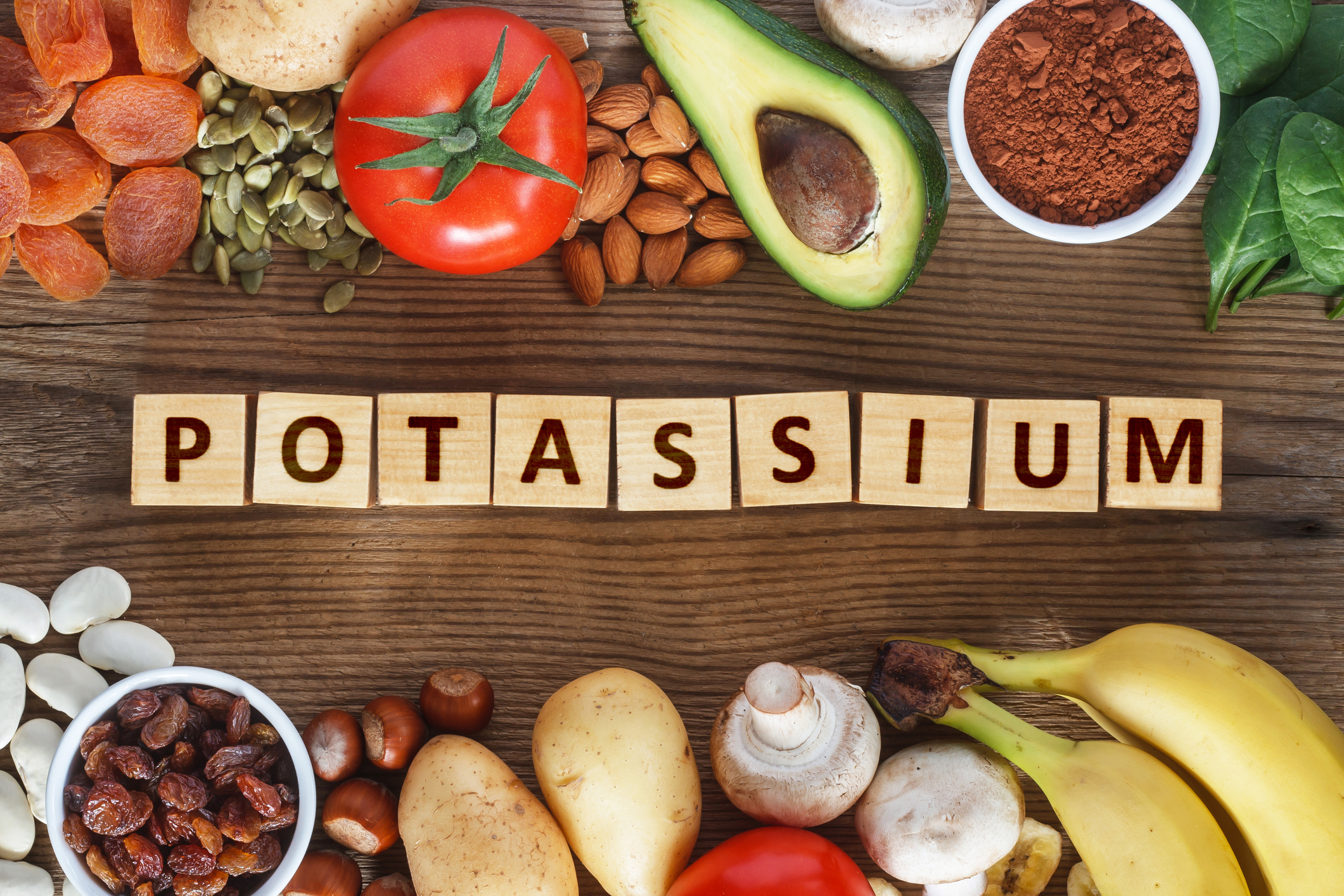By Dr. Libby Rens
Potassium is sometimes underrated in the plant nutrition world. We often consider it ‘third’ on the list, only after nitrogen and phosphorus. But plant dry matter has 5-25x more potassium than phosphorus, and plants have almost as much (sometimes more!) potassium (K) than nitrogen. How does K react in the soil, why do crops need K, and what are some considerations for applying K?
Potassium and the Soil
There is likely a HUGE amount of potassium in the soil below your feet. But. The plant can’t access it because it’s tied up in rocks and minerals. A teeny bit of this becomes available each season, but not enough to supply an entire crop or even replace what was removed at harvest. Plant available potassium exists in the soil as the cation K+. It doesn’t matter what potassium fertilizer you use, organic or conventional, granular, or liquid. The plant roots take up potassium as K+.
Potassium and the Plant
Potassium is unique in that it remains in an ionic form and never integrates into the plant’s structure. Despite this, it can still make up to 5% of the plant dry matter. Instead, potassium is an enzyme activator and is hugely important in the water regulation of the plant. Potassium nutrition is exhibited in a variety of ways for different crops:
- potato and tuber size and increased specific gravity
- corn and stalk strength
- lettuce and turgidity
- cotton and fiber development
- citrus and fruit size
Potassium deficiency typically exhibits as chlorotic or scorched leaf margins, concentrated at the base of the plant.

Practical Potassium Application
Timing
Why does potassium often get applied in the Fall, but nitrogen waits until the Spring? It’s largely because potassium (K+) isn’t very mobile in the soil and therefore is at low risk of leaching and runoff. This is highly dependent on your soil’s cation exchange capacity (CEC) and texture. Applying in the Fall can be a huge time saver – this is one less thing you have to do come Spring. Of course, if you have the bandwidth and it makes economic sense, applying nutrients at a time that corresponds with plant uptake is also highly recommended.
Rate
Potassium rate varies widely based on many factors, including crop, location, soil type, soil K status, and yield goal. There are a variety of methods and tools to help guide your rate decision. The first is to check your soil test to gauge how much is already available in your field. Plants can be checked in-season with a tissue test – this can be used to gauge how effective your fertility plan was, or you can use this as an opportunity to make mid-season corrections.
Placement
A good practice is to band potassium six to eight inches down and to the side of the seed or roots. This placement is not too close to burn, but not so far that it’s hard for the plant roots to find. If banding isn’t an option, then broadcast and incorporate into the soil. Finally, the last option would be to surface broadcast – knowing that this method will have the lowest efficiency.
Source
There are several potassium-based fertilizers available on the market today. Some considerations are price per unit K, solubility, and availability. The most common and economical potassium source is Muriate of Potash, also called MOP, KCl, or 0-0-60. For soils with magnesium deficiency, Intrepid Trio® is an alternate source with balanced potassium, magnesium, and sulfur for plant nutrition.
Intrepid’s Potassium Sources
Supplement your fertilizer program with Intrepid MOP Potash or Intrepid Trio®. These fertilizers can be custom blended with other nutrients, making for easy and precise application to your field. Intrepid Potash and Trio® have guaranteed nutrient analyses, are soluble, is OMRI listed for organic use, and are immediately available to the plant. Visit IntrepidPotash.com to learn more about nutrition for your crops!

